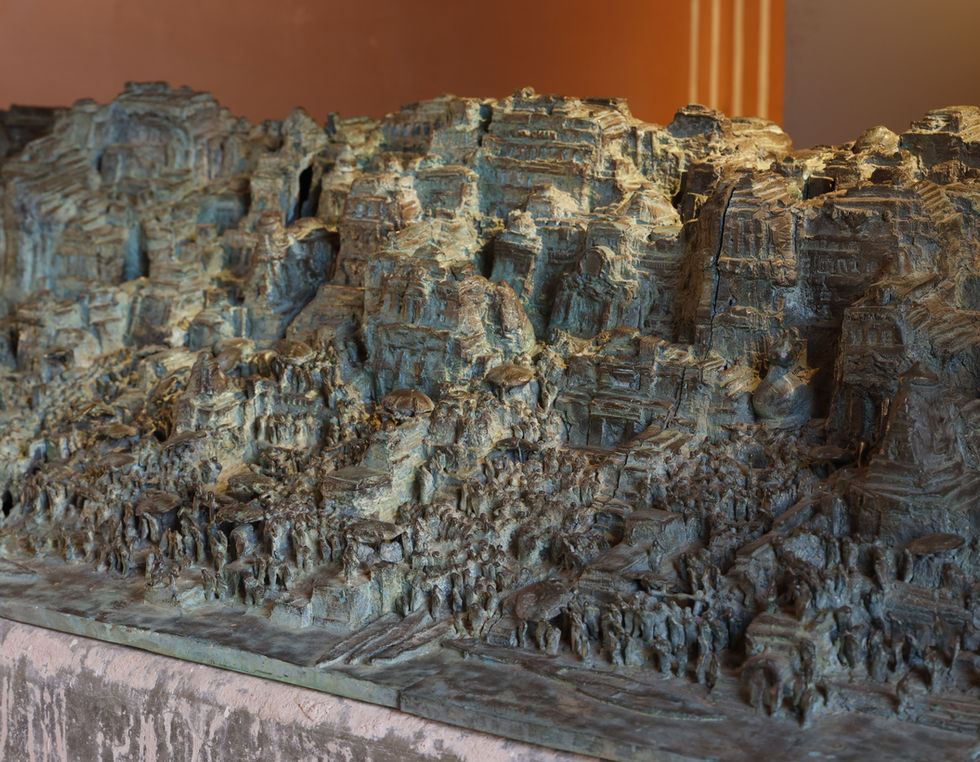
TAPAS BISWAS

Born in 1972, Tapas Biswas lives and works in Kolkata. He received his BFA from the Government College of Art and Craft, Kolkata in 1998 and an MFA from the Banaras Hindu University in 2000. His artistic practice is predominantly centered around the architecture of spaces and the imaginations, perceptions and subjectivity to different forms of landscapes. Biswas primarily works with bronze and brass to materialize his artistic productions.
Biswas has been part of national and international exhibitions, including group shows in Sweden and Singapore. Important commissions include a sculpture in bronze (2010) for Delhi Airport link Metro Station; Sculpture in bronze (2013) for Reliance Communication, Mumbai; Sculpture in Iron (2012) for State Govt. West Bengal at Rajarhat, Kolkata. Biswas is also a recipient of the Human Resource Development Fellowship by the Govt of India (1998-2000).
About The Work
Courtesy of Aakriti Art Gallery,
KolkataThe artist’s statement on his bronze sculptures depicting the ghats of Varanasi:I always want to create a sculptural space through a rundown simplicity of the metal and the grid. However, in my hands they are invested with a deep, primal energy, figurativemarkers celebrating and filling up space that they navigate unabandoned. I try to draw the attention of my spectator to some bare movement and the collective force of human activities. The conceptual space is like a quartet in an analysis of an ideological mechanism, a space that acts as a site where humans work out their destiny. Such encounters open the interior experience of wholeness and their truth is known only because of a set of accidents.I invite the viewer into the space of my own experience, where I abide in another pictorial space. Entropy is not the reigning specter in these bronzes; instead, they are pervaded by lightness and exhilaration in order to maintain a realistic balance that has long ceased to be a picture fable. I try to put them together with as calm a detachment as possible, in which a clear structure combines with an intimacy and expressiveness to achieve a paradoxical visualimage to create scenes of artifice. But I do not allow these artifices by any means to resist my emotional identification or intellectual response. For me the language provides unending possibilities for learned exegesis and decoding of any gestural rhetoric, images that refuse to disavow their own separation in a narrative splurge.






